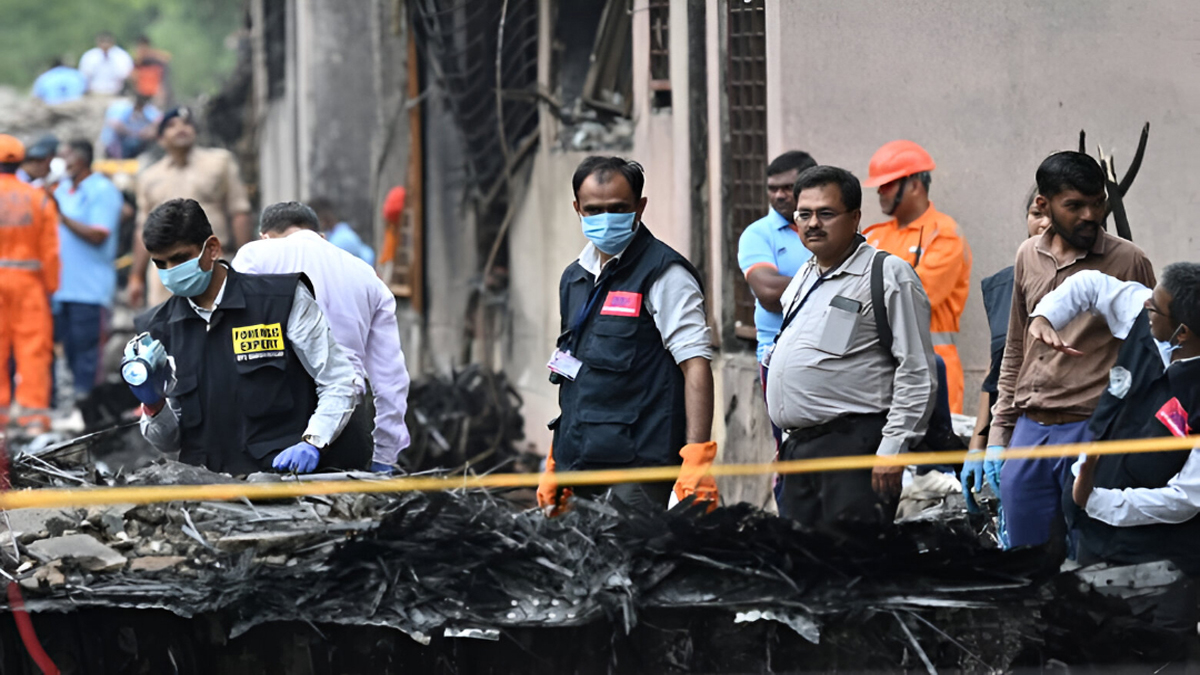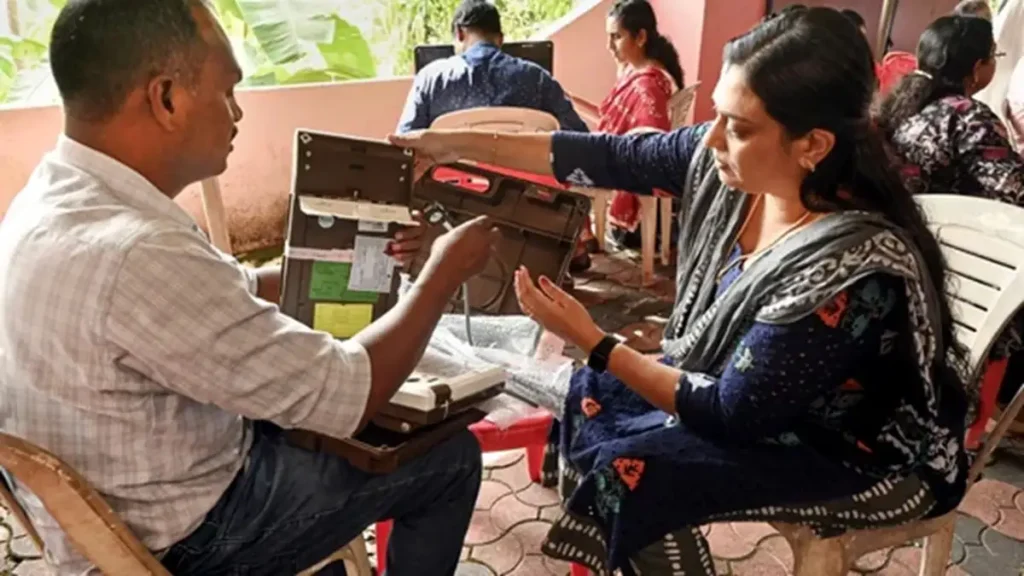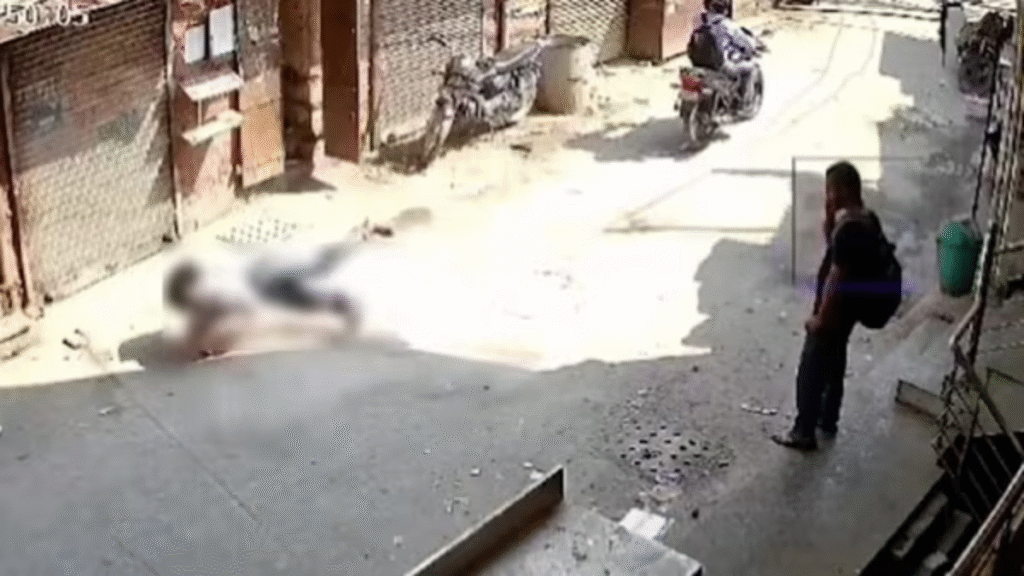Now Reading: Ahmedabad Plane Crash: Meticulous DNA Matching Identifies 215 Victims, 198 Bodies Returned to Grieving Families
-
01
Ahmedabad Plane Crash: Meticulous DNA Matching Identifies 215 Victims, 198 Bodies Returned to Grieving Families
Ahmedabad Plane Crash: Meticulous DNA Matching Identifies 215 Victims, 198 Bodies Returned to Grieving Families

In the wake of the tragic Air India AI-171 plane crash that devastated Ahmedabad on June 12, significant progress has been made in the painstaking process of victim identification. Authorities have confirmed that DNA samples have successfully matched 215 individuals, and the mortal remains of 198 deceased have now been respectfully handed over to their families.
The horrific incident saw the London-bound Air India Boeing 787-8 Dreamliner crash into a hostel complex of the BJ Medical College shortly after takeoff from Sardar Vallabhbhai Patel International Airport. The catastrophe claimed 241 lives among the 242 individuals on board, with additional fatalities on the ground, including medical students within the hostel. Only one passenger miraculously survived the crash.
The identification process, critical for grieving families seeking closure, has been a monumental undertaking. Ahmedabad Civil Hospital Superintendent Dr. Rakesh Joshi confirmed the latest figures, highlighting the coordinated efforts of forensic teams, hospital staff, and law enforcement. Of the 198 bodies handed over, 149 were Indian nationals, seven Portuguese, 32 British, and one Canadian, reflecting the international nature of the flight. The remains were transported both by road in ambulances and by air, facilitating their return to families across different regions and countries.
The challenges in identifying victims have been immense due to the severe nature of the crash, which resulted in many bodies being charred or mutilated beyond recognition. DNA profiling has proven to be the most reliable method. Forensic experts have been working tirelessly, often extracting DNA from compromised samples such as bones and teeth, and then meticulously comparing them with reference samples provided by the victims’ families. This process requires a match of 23 alleles between the victim and family members for confirmed identification, ensuring utmost accuracy given the legal and emotional implications.
While significant progress has been made, the identification process continues for a small number of victims, with some families still awaiting DNA matches for additional relatives. The dedication of multiple forensic laboratories, including the Forensic Science Laboratory (FSL) in Gandhinagar, operating round-the-clock, has been instrumental in expediting this scientifically complex and legally sensitive procedure.
As families begin the difficult journey of mourning and final rites, the investigation into the cause of the crash is also advancing. The black boxes – the Flight Data Recorder (FDR) and Cockpit Voice Recorder (CVR) – have been recovered and are undergoing decoding. Early indications suggest the pilots may have activated the Ram Air Turbine (RAT), an emergency power system, hinting at a possible dual engine failure or other critical system malfunctions shortly after takeoff. The Aircraft Accident Investigation Bureau (AAIB), with assistance from international partners like the US National Transportation Safety Board (NTSB) due to the aircraft’s American origin, is leading a comprehensive probe to determine the precise sequence of events that led to this devastating tragedy. The insights from the black boxes will be crucial in understanding the moments leading up to the crash and in formulating recommendations to prevent similar incidents in the future.










